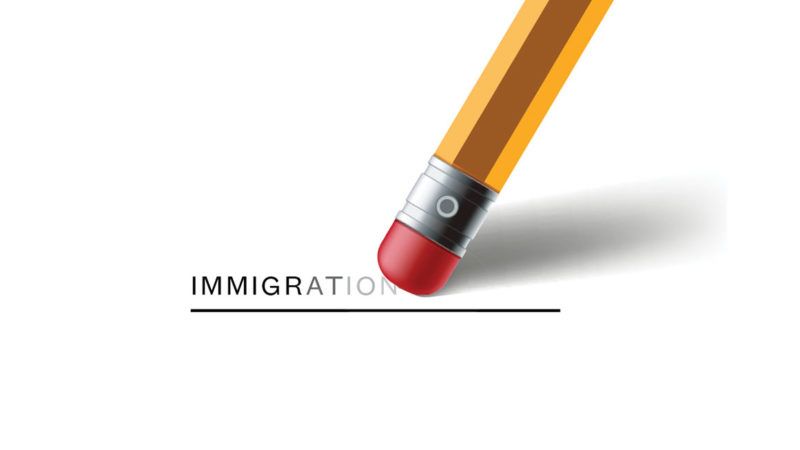Trump's Student Visa Disaster
There are 1.2 million foreign students in the United States, and ICE keeps leaving them in the lurch, threatening to kick them out (and then rescinding that guidance).

There are 1.2 million foreign students in the United States, enrolled in 5,300 American colleges and universities. Most come to America on nonimmigrant F-1 and M-1 visas that require them to maintain a full course load at universities approved by the Immigration and Customs Enforcement (ICE) Student and Exchange Visitor Program. In order to guard against diploma mills, the program grants accreditation mostly to universities that offer classroom instruction and usually limits foreign students to three credit hours of online instruction per semester.
When COVID-19 hit and colleges moved online, ICE did the sensible thing and allowed international students to finish their spring and summer semesters by taking their classes online without voiding their visas. The agency rescinded that guidance in early July, however, ordering international students attending online-only programs to either leave or face deportation and risk getting barred from the U.S. for 10 years. This meant several hundred thousand foreign students would have had to quickly terminate leases on apartments, uproot the lives they've built here, and find exorbitantly expensive flights back home without any idea of when they would be allowed to return to complete their education.
Lawsuits by Harvard University and the Massachusetts Institute of Technology prompted the Trump administration to issue new rules in late July allowing foreigners who are already enrolled to continue their studies online. But even though students who are here will be allowed to stay, the new rules will still deny visas to incoming freshmen from abroad whose universities are offering only online courses in response to the pandemic. They can either defer for a semester or begin their programs online from their home countries—a logistically challenging proposition for many due to time differences.
Roughly 80,000 people, or about 30 percent of new international students, even before the new pandemic visa rules, had decided not to come this fall, according to Brad Farnsworth, vice president of the American Council on Education. Given the political uncertainty, many of them might permanently abandon their plans to study in the U.S. and go to more welcoming countries instead.
The ban is a major hit to American universities. International students constitute 5.5 percent of all students. They pump around $41 billion into colleges annually and support nearly 460,000 jobs on campus and in surrounding communities. Many of them pay full tuition, which subsidizes the price tag for American kids. Universities also depend on foreign graduate students to assist in classroom instruction, especially in science, technology, engineering, and math (STEM) fields.
America was already facing declining international enrollment for three years straight. The administration's move will only intensify that trend.
